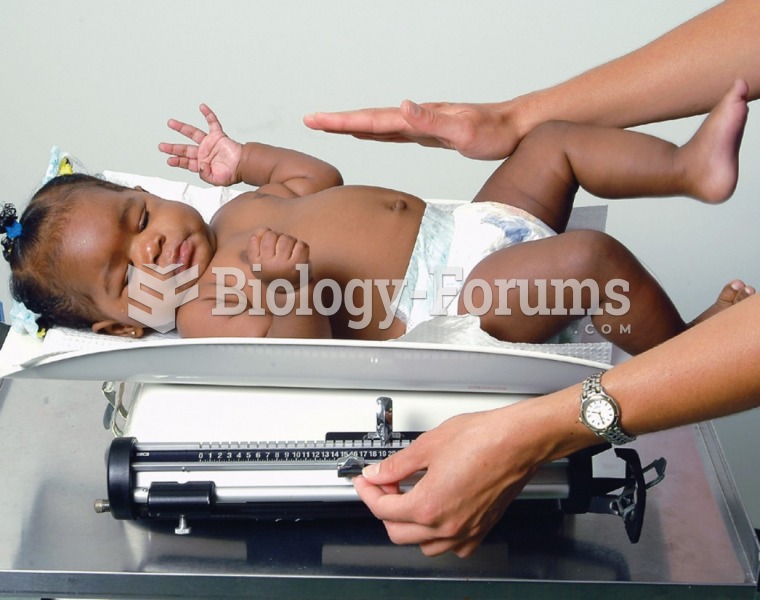|
|
|
About 80% of major fungal systemic infections are due to Candida albicans. Another form, Candida peritonitis, occurs most often in postoperative patients. A rare disease, Candida meningitis, may follow leukemia, kidney transplant, other immunosuppressed factors, or when suffering from Candida septicemia.
It is widely believed that giving a daily oral dose of aspirin to heart attack patients improves their chances of survival because the aspirin blocks the formation of new blood clots.
In most cases, kidneys can recover from almost complete loss of function, such as in acute kidney (renal) failure.
More than 30% of American adults, and about 12% of children utilize health care approaches that were developed outside of conventional medicine.
After a vasectomy, it takes about 12 ejaculations to clear out sperm that were already beyond the blocked area.
 A Dorsal view of a scan of the hand phalange of a child from Denisova that yielded mtDNA that differ
A Dorsal view of a scan of the hand phalange of a child from Denisova that yielded mtDNA that differ
 The strange situation. The Strange Situation features a series of episodes in which (a) the mother l
The strange situation. The Strange Situation features a series of episodes in which (a) the mother l





